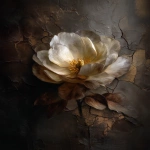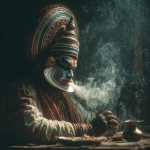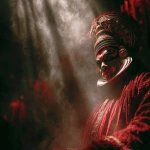Explore the Best AI Image Gallery
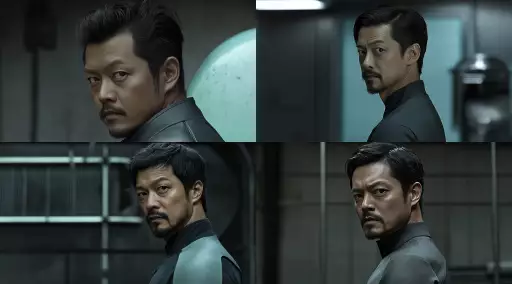
Painted Pixels: AI Image Generation and the Future of Art
The art world is witnessing a seismic shift with the emergence of AI-powered image generation. Tools like DALL-E 2, Midjourney, and Stable Diffusion are capable of producing stunningly realistic and imaginative visuals based on textual prompts. This technology has ignited a fervent debate about its impact on creativity, artistic authenticity, and the very definition of art.
A New Brushstroke in the Artistic Palette
AI image generation presents artists with a powerful new tool for exploration and creation. It can:
- Generate conceptual visuals: Artists can rapidly iterate through ideas, visualizing abstract concepts or brainstorming compositions before committing to physical mediums.
- Overcome creative blocks: AI can offer fresh perspectives and inspire new directions when artistic inspiration wanes.
- Create unique textures and styles: By training on vast datasets of images, AI algorithms can mimic different art styles or generate entirely novel visual aesthetics.
The Ethical Dimensions of Algorithmic Art
While the potential benefits are undeniable, AI-generated art also raises ethical concerns:
- Copyright and Ownership: Who owns the copyright to an image created by an AI? The prompt provider, the AI developer, or the platform where it was generated?
- Bias and Representation: AI algorithms are trained on existing datasets, which may contain biases that reflect societal stereotypes. This can result in the perpetuation of harmful representations in AI-generated art.
- Authenticity and Value: Does an AI-generated artwork hold the same artistic value as a piece created by a human? How does it impact the perception and appreciation of traditional art forms?
Navigating the Future Landscape
As AI image generation technology continues to evolve, several trends are likely to shape its future:
- Increased Accessibility: User-friendly interfaces and cloud-based platforms will make AI art creation more accessible to a wider audience.
- Customization and Control: Artists will gain greater control over the creative process, fine-tuning AI parameters to achieve specific artistic outcomes.
- Hybrid Approaches: AI will likely be used as a collaborative tool alongside human creativity, augmenting and enhancing artistic expression rather than replacing it entirely.
Conclusion
AI image generation is transforming the art world, presenting both exciting opportunities and complex challenges. By embracing ethical considerations and fostering responsible development, we can harness the power of this technology to enrich artistic expression, inspire new forms of creativity, and redefine our understanding of what constitutes art in the digital age.
](https://images.ai-img.art/thumbnails/150/485c8b1c747827bdc9a962f8a1919b3c259b18dd263b260208a1eae19fb85e07.webp)
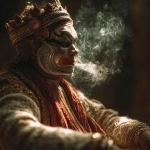
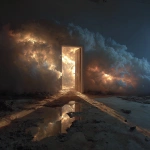
](https://images.ai-img.art/thumbnails/150/3020b8c2b6d9be07e042357107af1de10deb274a41d2b0f332684ad4b532a702.webp)

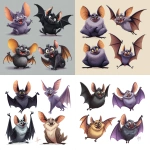
](https://images.ai-img.art/thumbnails/150/5197af8969d850e2a43e141d41e482ccbceedebceb2a4caf9f098f943f9d1b0f.webp)
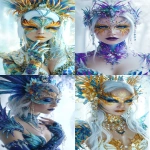
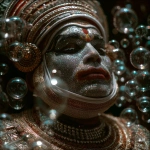

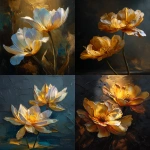
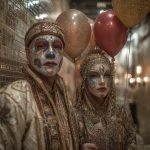
](https://images.ai-img.art/thumbnails/150/2fbd98ecfc425cfc1597779121e1c0305437067779e9c471eb64ff9615d5be98.webp)

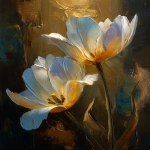
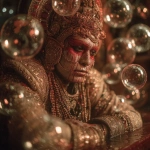


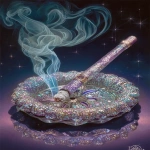
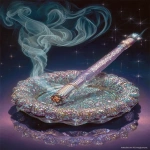

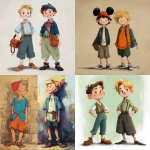
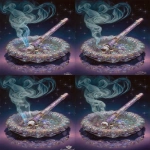
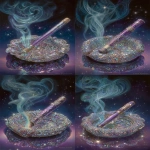
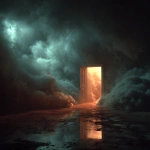

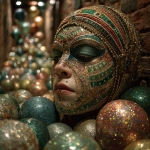
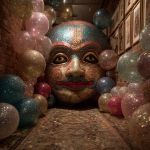
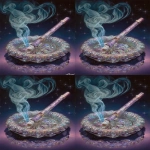

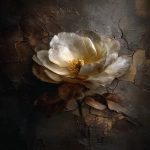
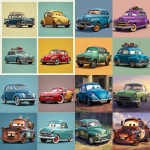
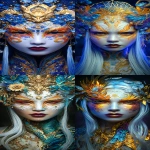


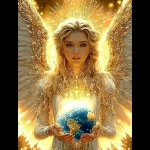
](https://images.ai-img.art/thumbnails/150/269414b0e541026702e9e67c67602c96162f37ff460a388b3b36314c8fc936dd.webp)
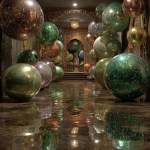
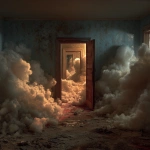
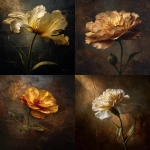

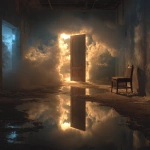

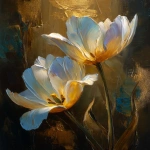

](https://images.ai-img.art/thumbnails/150/8d1fe5a7a49cfc96747182431a853357913286d89258383caab2d3b4681afcb5.webp)
